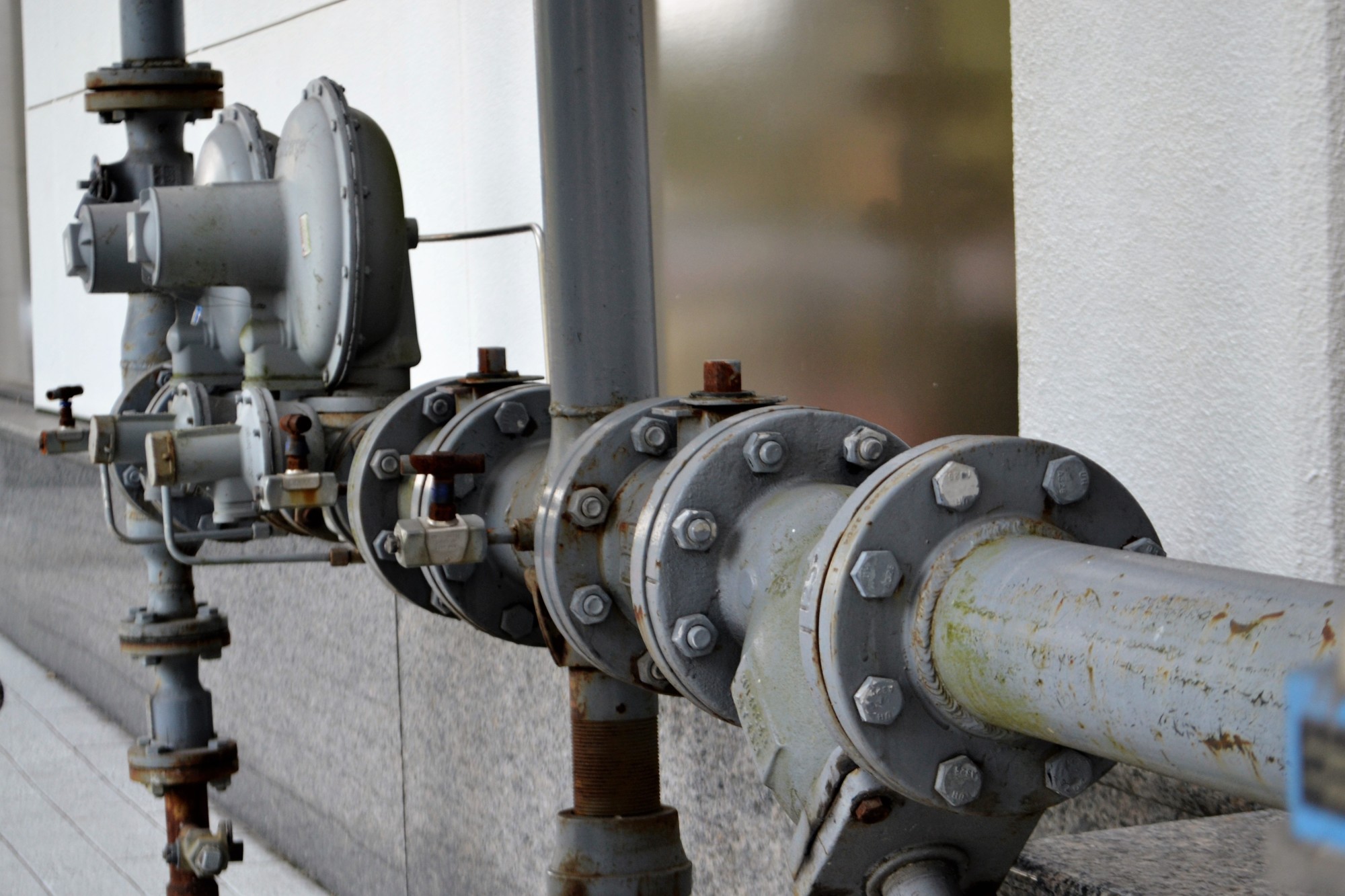
Choosing which type of control valve in your piping system can be challenging. It is important to understand the differences between plug valves and ball valves to regulate the flow of medium safely, efficiently, and cost-effectively.
When choosing the right type of valve, do you know the difference between plug valves and ball valves? Here are some essentials to help you determine what is best for you.
What Are Ball Valves and How Do They Work?
A ball valve is constructed with a ball-shaped disc. The circular disc has a hole in the middle, allowing the medium to flow through it when that hole is in line with the ends of the valve. When the hole is turned to oppose the ends of the valve, the port is closed and cuts the flow of the medium.
What Are Plug Valves and How Do They Work?
A plug valve is made with “plugs,” shaped like a cylinder. When these are turned to align with the channel, it opens to control the flow. These are known to be quick operation valves, enabling seedy shutoff in emergencies. It also seals tighter than the ball valve.
Maintaining a Ball Valve vs. a Plug Valve
Although both valves need regular maintenance to stay working efficiently, a plug valve is much easier to maintain than a ball valve. The plug can be removed easily for cleaning and repairs. There are also fewer moving parts that would also need attention.
The ball of the ball valve is often located in a position that is challenging to access. Because of this, debris may accumulate, making the ball difficult to remove.
Lifespan
Ball valves typically have more longevity than plug valves. Because of high torque and more fluids coming into contact with the cylinder, the plug valve suffers from a higher likelihood of erosion. Ball valves have more moving parts, less contact with the medium, and require less torque.
Flexibility and Customization
Ball valves have a much greater potential for customization. They also have more of a variety to choose from on the market. They have the option to service multiple ports and to contain a one, two, or three-piece body. Top, end, side, and split-body entryways are all options.
Plug valves are not quite as customizable. Because the design is much simpler, there aren’t as many options possible. Ports can range from 2 ports to 5, but with more ports comes the opportunity for a looser shut-off. For further information on flexibility and customization, visit Anything Flows.
Vastly Different Applications
Possibly the most important differences are the applications of the valves. Plug valves are typically used mostly with fluids and airy materials.
Ball valves are more versatile. They are known to be used with thicker substances and oil and gas.
Which Do You Choose?
Depending on the material, either ball or plug valves could be what is needed. Plug valves are easier to clean and maintain, whereas ball valves can be more adaptable. To learn more, please visit the RG Group to view an assortment of ball and plug valves.





